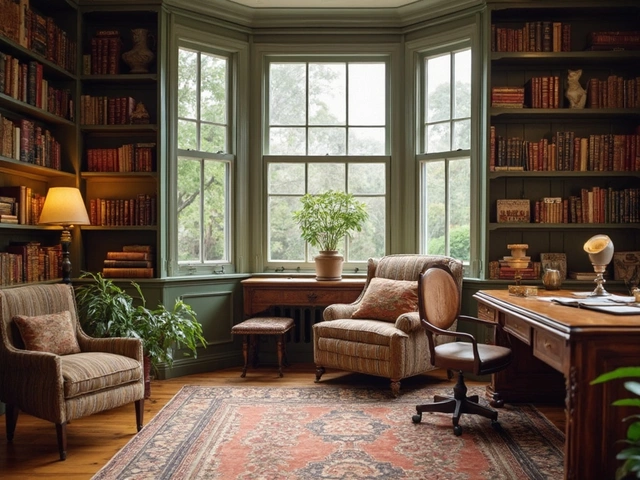Hardware Pricing: What You Need to Know Before You Buy
Thinking about a new door knob, a set of hinges, or a batch of screws? The first thing most people wonder is – how much will it cost? The answer isn’t one‑size‑fits‑all, but you can break it down into a few simple factors. When you understand those, you’ll stop guessing and start budgeting smart.
What Drives Hardware Prices?
Materials are the biggest driver. Brass, stainless steel, and zinc all have different price tags. Brass looks classy but usually costs more than plain steel. Finish matters too – a matte black powder coat can be cheaper than a polished chrome look.
Brand reputation adds another layer. Well‑known brands charge a premium for quality control and warranty support. That doesn’t mean you have to splurge; many lesser‑known makers produce solid hardware for a fraction of the price.
Quantity is a hidden cost saver. Buying a single pack of hinges might be pricey, but ordering a dozen can cut the per‑unit price dramatically. Think about future projects – buying a bit extra now often beats a repeat trip to the store.
Typical Price Ranges for Common Items
Here’s a quick snapshot of what you’ll see on most UK sites:
- Door knobs: £5–£30, depending on style and finish.
- Hinges (standard size, 4‑piece pack): £3–£15.
- Shelf brackets: £2–£20 each, with heavier‑duty metal costing more.
- Screws and nails (bulk, mixed sizes): £5–£25 for a 1 kg bag.
- Cabinet pulls: £4–£25 per set of two.
These numbers are averages. Sales, clearance sections, and online deals can push them lower, while specialty finishes or custom sizes push them higher.
Now that you have a ballpark, you can compare listings without feeling lost. Remember to check the description for material type – a “brass‑look” knob might actually be zinc plated, which is cheaper but less durable.
Tips to Keep Hardware Costs Down
Shop around. Big retailers often have clearance aisles, but local ironmongery shops sometimes carry overstock at a discount.
Use price‑compare tools. A quick search for the exact item can reveal a hidden deal on a marketplace you might not check daily.
Buy in bulk when you know you’ll need more later. Even if you only need a few pieces now, a larger pack usually halves the per‑piece price.
Consider second‑hand or reclaimed hardware. Vintage brass knobs can add charm and cost less than brand‑new equivalents.
Don’t ignore shipping. A cheap item with high delivery fees can end up pricier than a slightly more expensive product with free delivery.
Finally, think about quality vs. lifespan. A cheap plastic bracket might need replacement in a year, while a sturdier metal one could last a decade. Spending a bit more upfront often saves money in the long run.
With these basics in mind, you’ll feel more confident navigating hardware pricing. Whether you’re fixing a leaky cabinet door or upgrading your entire kitchen, a clear budget and a bit of research go a long way. Happy shopping!

Band Pricing: $100 or $1000 for Your Shelving Project?
Confused about bands costing $100 or $1000 for shelving? This article breaks down why prices swing so wildly, what really drives up shelving hardware costs, and how to spot the difference between basic and high-end options. You’ll get tips for buying the right bands for your shelves and see where to save versus where it pays to spend a little more. Make informed choices and avoid common mistakes before you swipe your card. Get clear on how much a shelving band should actually cost in 2025.
Categories
- Storage (27)
- Bathroom (18)
- Sofas (15)
- Curtains (15)
- Home Decor (12)
- Bedding (11)
- Kitchenware (11)
- Cushions (11)
- Mirrors (10)
- Rugs (9)
Popular Articles



